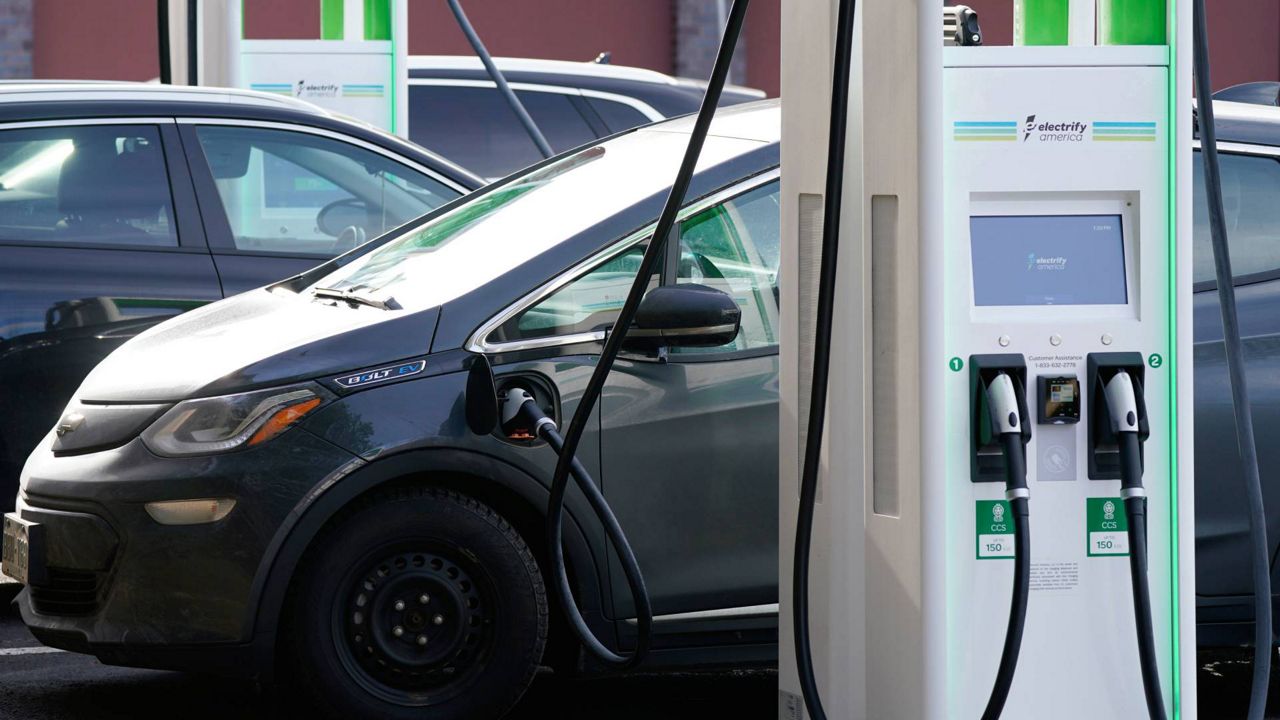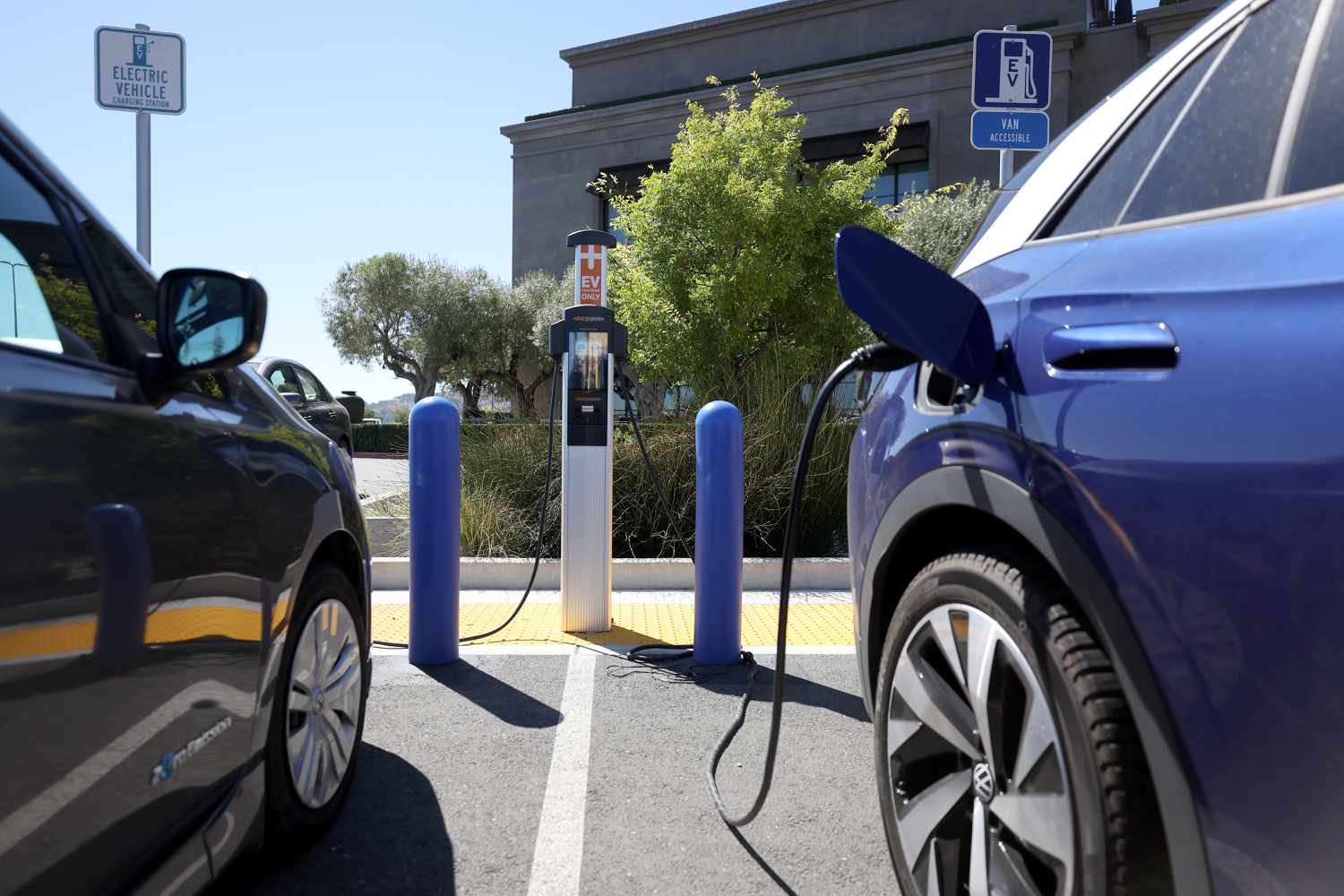In a groundbreaking move, the US Treasury has revealed comprehensive updates to the eligibility criteria for tax credits on electric vehicle (EV) chargers, marking a significant stride in the nation’s commitment to promoting sustainable transportation. The revised guidelines shed light on the 30C EV charging tax credit, offering up to 30% reimbursement for the costs associated with qualified EV charging infrastructure. The Inflation Reduction Act serves as the foundation for these pivotal directives, now reshaping the tax credit’s application to be extended per single EV charging property instead of per site.

Photo from Google
Expanded Reimbursement Limits for Individuals and Businesses
Under the new guidance, individuals can now claim up to $1,000 for home EV charging, while the limit for business properties has surged to an impressive $100,000. This substantial increase in reimbursement limits creates a favorable climate for investment in EV infrastructure, fostering broader accessibility and adoption of electric vehicles across the nation.
The updated directives underscore a strategic effort to incentivize individuals and businesses to invest in EV charging infrastructure, aligning with the Biden Administration’s ambitious goal of deploying 500,000 public chargers by 2030.
Albert Gore III, Executive Director of the Zero Emission Transportation Associations (ZETA), emphasizes the pivotal role of this tax credit in driving the transition to electric vehicles, marking a milestone in the nation’s commitment to sustainable transportation.
READ ALSO: Stimulus Check Update January 2024: $1,312 Will Be Sent To Residents In Alaska
Strategic Emphasis on Location and Inclusivity
A crucial aspect highlighted in the updated guidelines is the importance of location for entities aiming to qualify for the 30C EV charging tax credit. Eligible entities must be situated in census tracts designated as low-income communities or non-urban areas. The White House asserts that around two-thirds of Americans will benefit from this credit, emphasizing its inclusive reach and commitment to addressing environmental disparities.
To facilitate eligibility determination, the US Department of Energy and Argonne National Laboratory have introduced a user-friendly mapping tool. This tool provides valuable insights into qualifying census tracts, although individuals are urged to consult with tax professionals for confirmation during the tax filing process, considering the complexities of the tax credit.

















































